Domestic Fencing
There are several types of fencing you can use in and around your garden. The final decision is usually based on these factors.
The lay of the land, i.e flat,slopped or contouring.
Panel fencing always goes in square and level and therefor has to be stepped if the ground level changes. Generally this means as it steps down the hill you will see a step in the top of the fence; there are however a few ways round reducing the amount of steps by using shorter or longer panels and adding additional gravel/base boards to keep the panels level at the top.
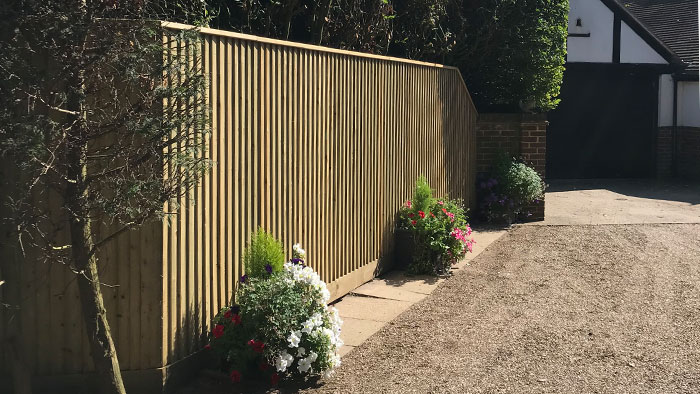
Visual preference
The traditional feather board is finished in one continuous run with the posts and rails on the reverse of the fence, and the same applies to a few panels that are built with a favourable side, the reverse side is usually very similar just with the addition of a few battens.
For panels that are finished the same both sides please view Jacksons panels

Horizontal hit & miss

Venetian hit & miss

Chilham

Interwoven Aran
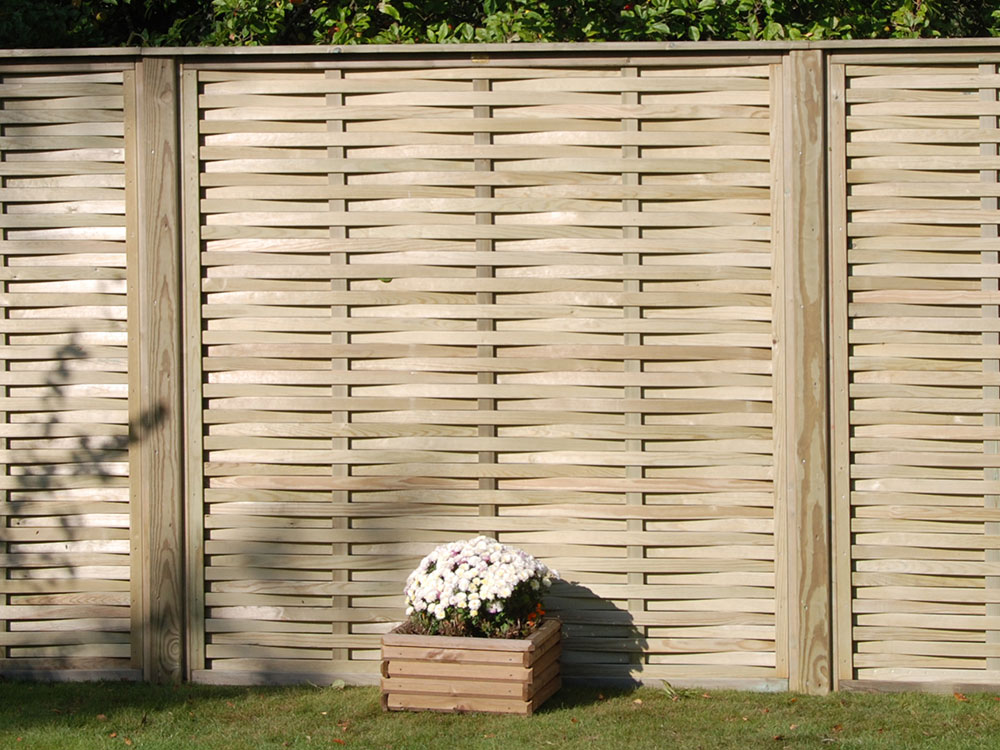
Woven
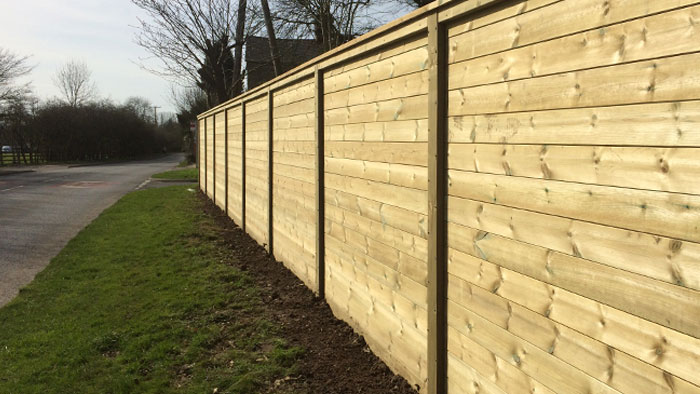
Noise reduction
Does the fence act as a barrier between a busy road and the house?
Is road noise an issue in the home and garden?
It may be worth exploring the options of an acoustic fence as they have been proven to reduce noise by anywhere between 14db – 25db depending on height of fence and distance from it.
Types
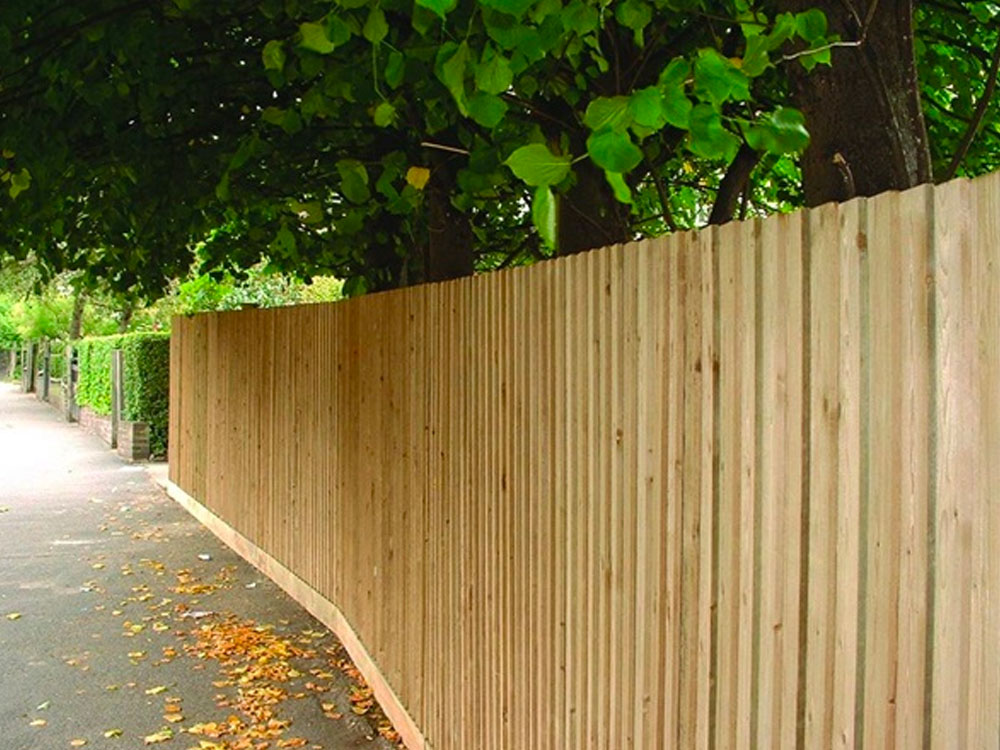
Traditional feather board
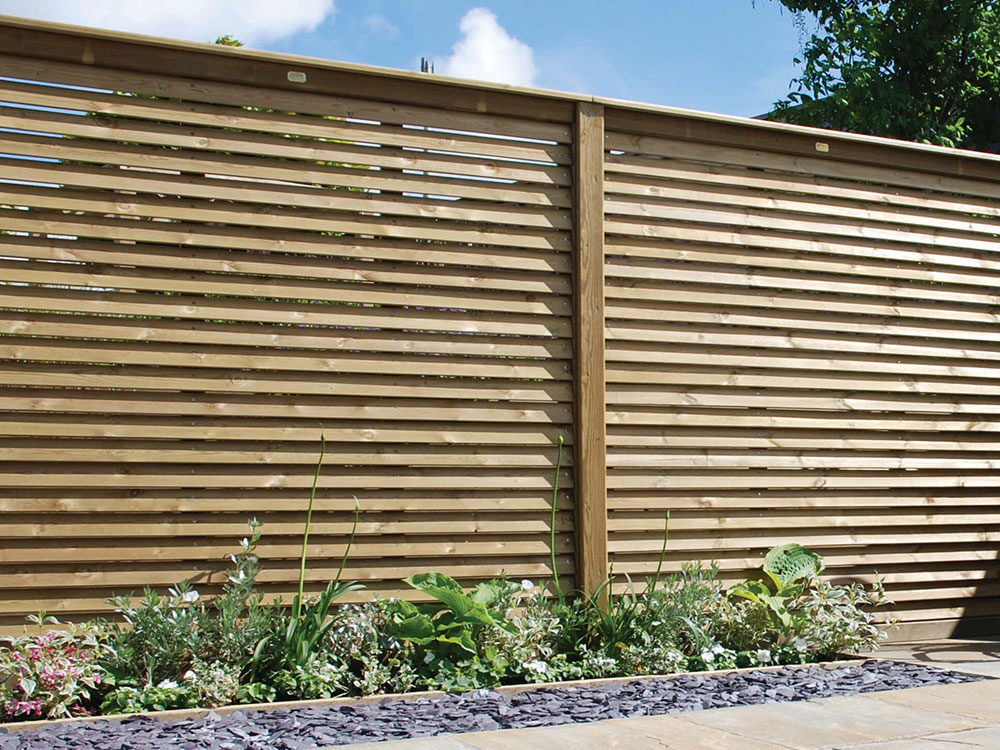
A choice of many panels

Chain link (green or galvanised) RG
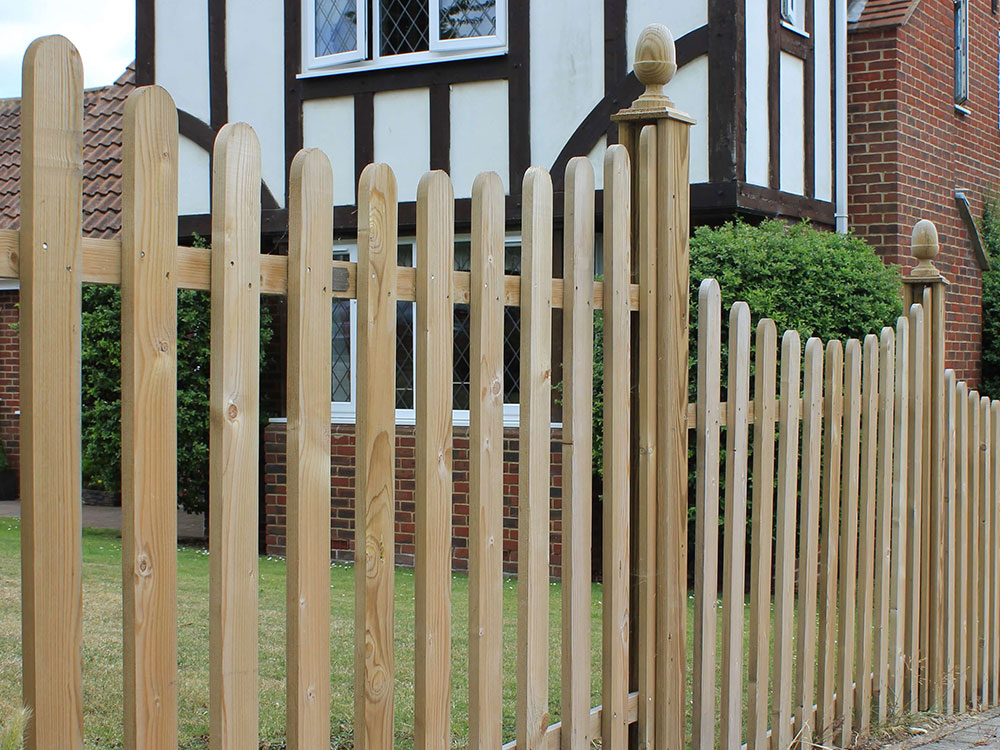
Palisade
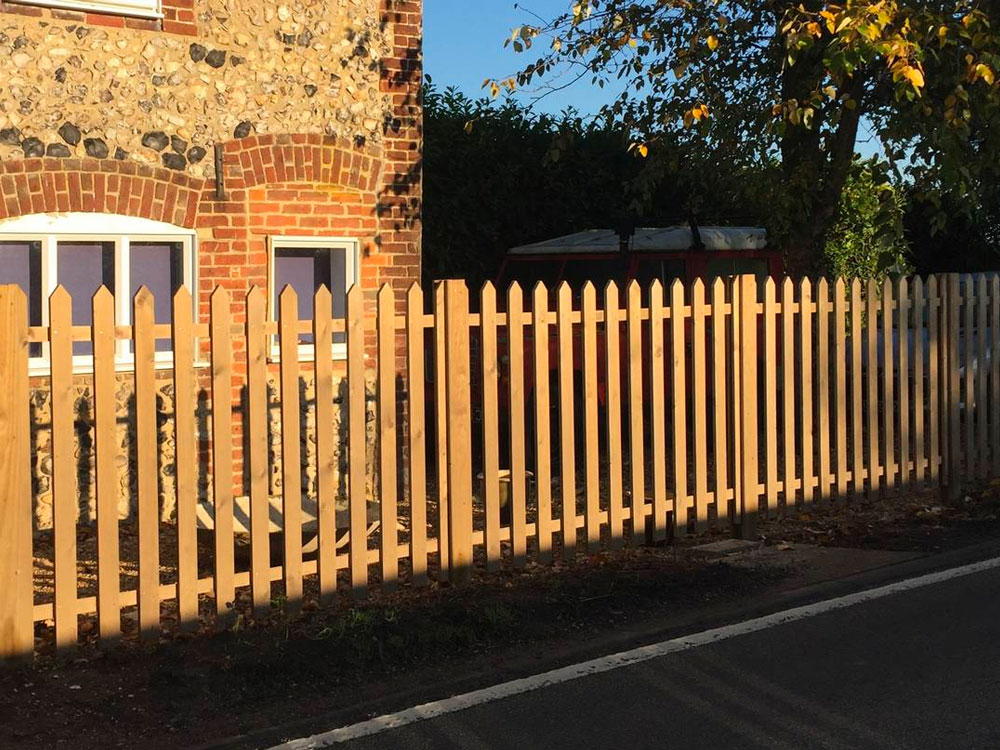
Picket
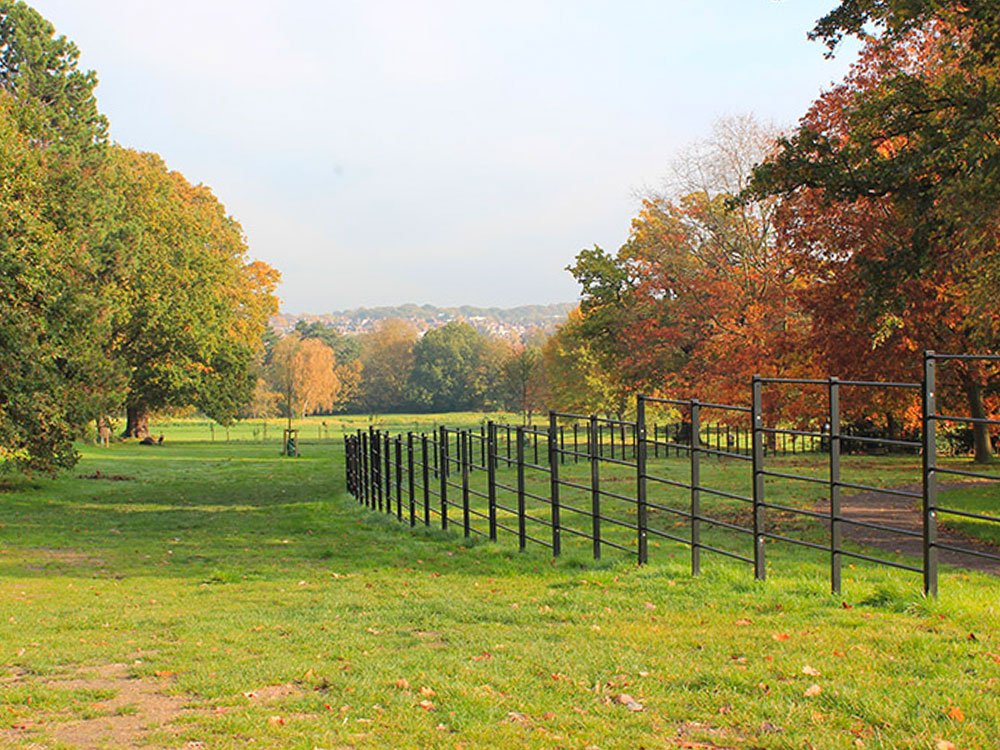
Estate fencing
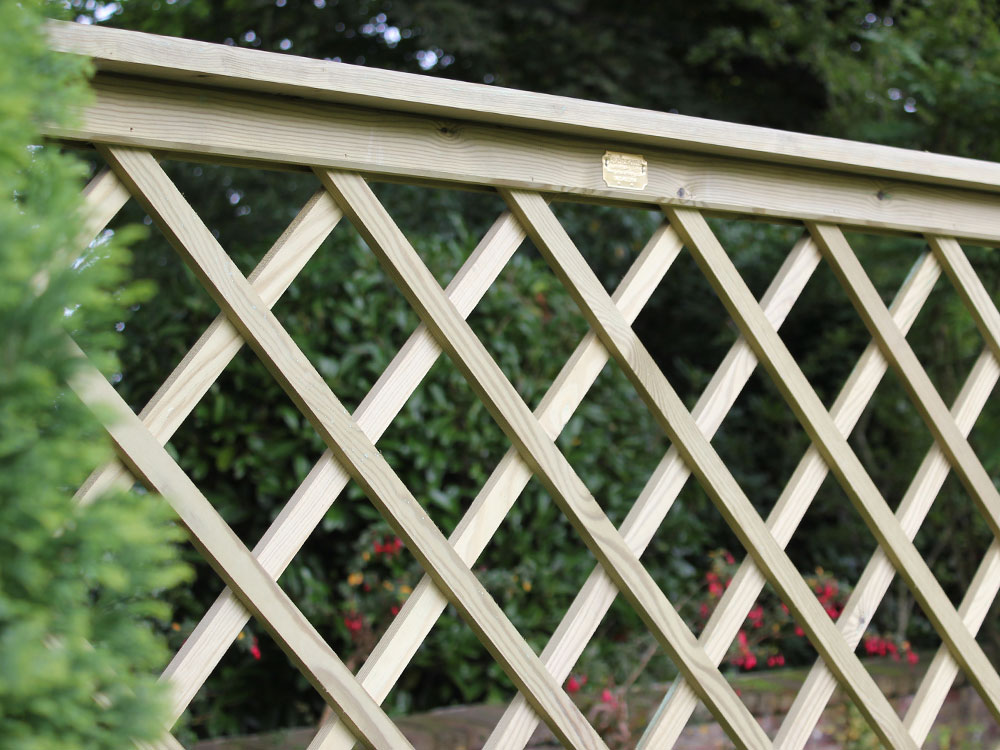
Trellis
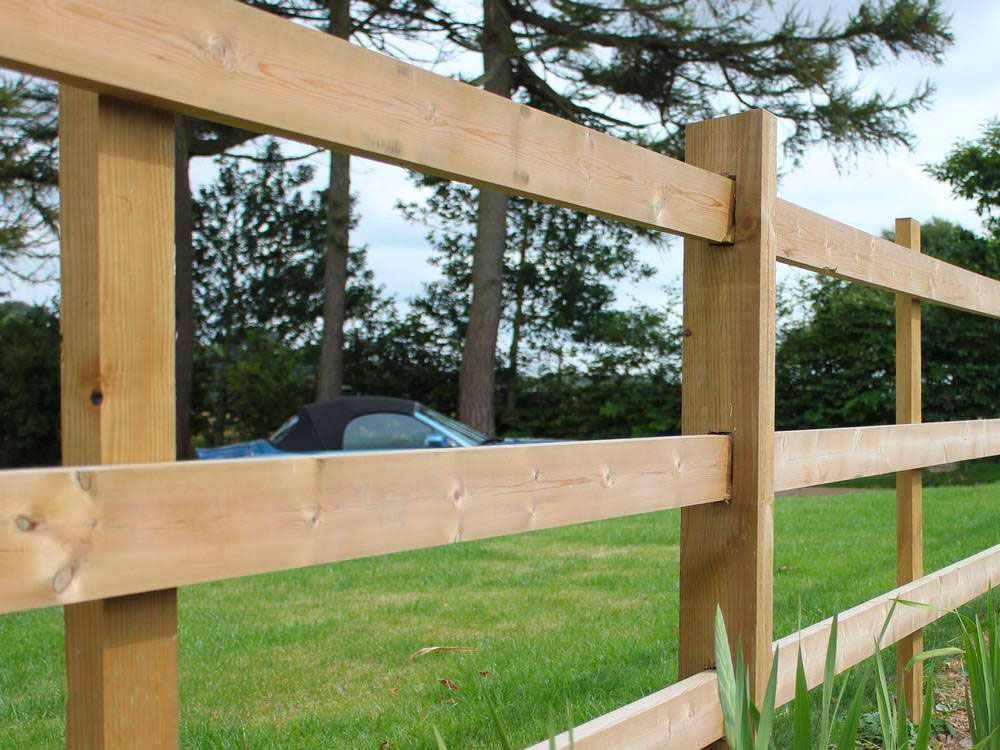
Post & Rail
Other Services
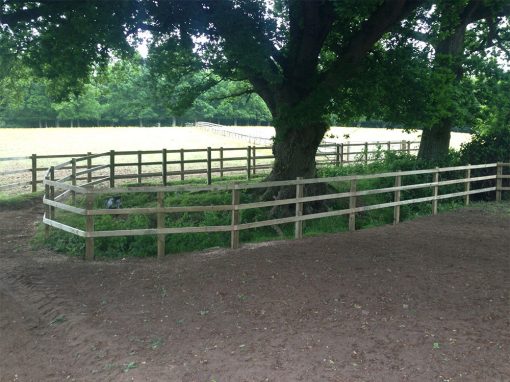
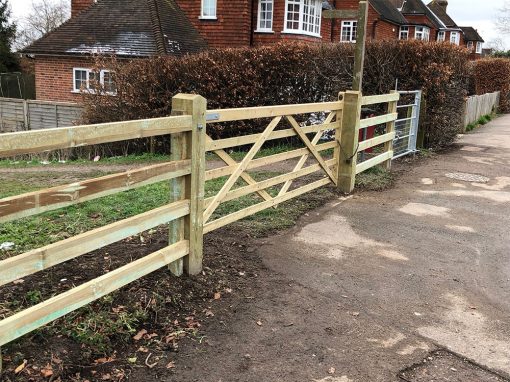
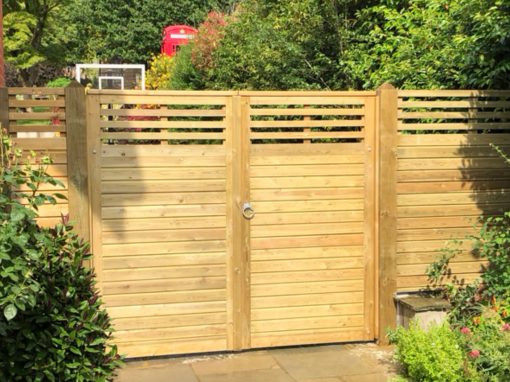
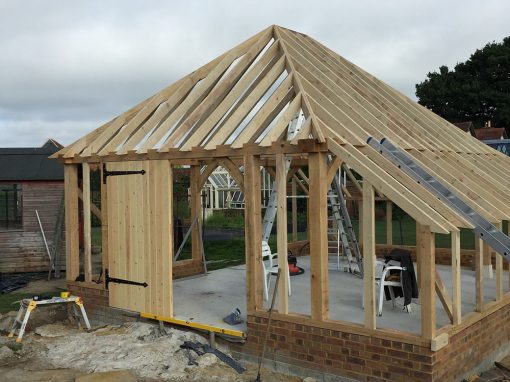

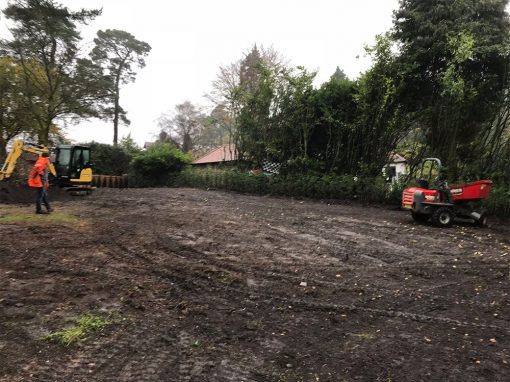

Phone: 01483 351411
Mobile: 07793 750511
Email: richard@countrysidecontractsltd.co.uk
